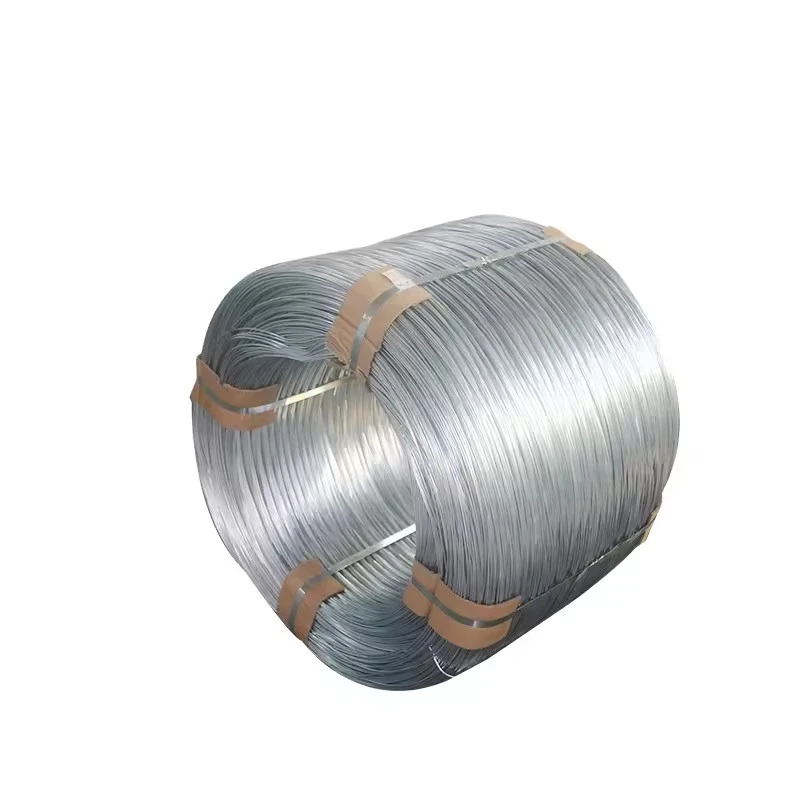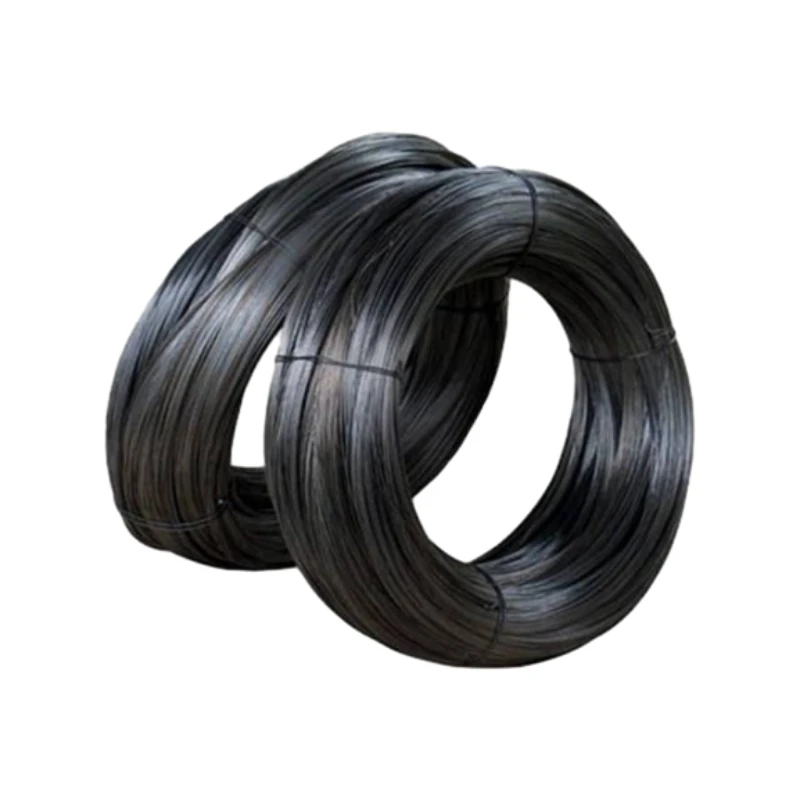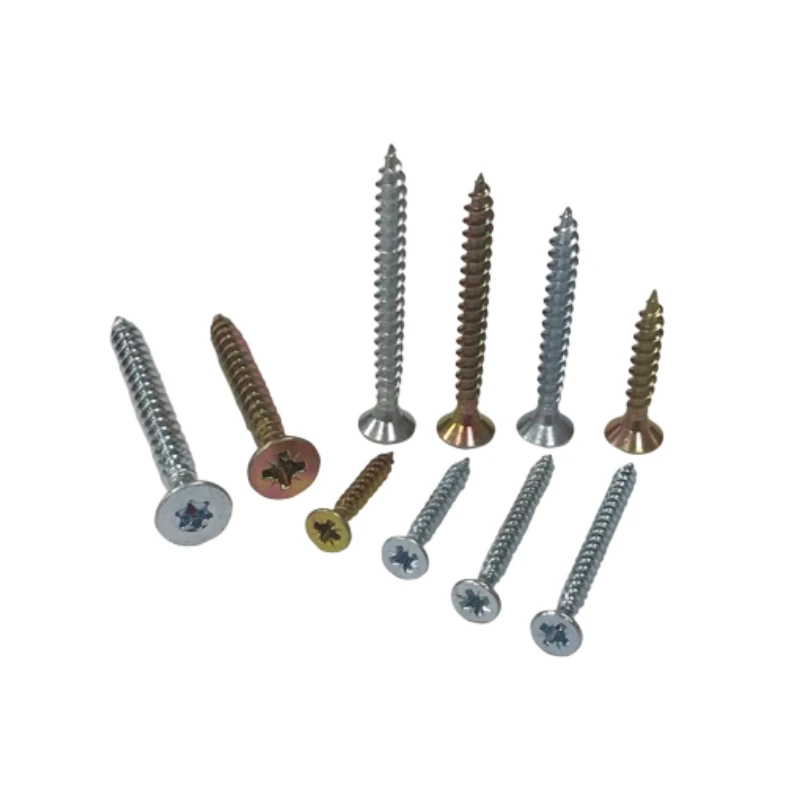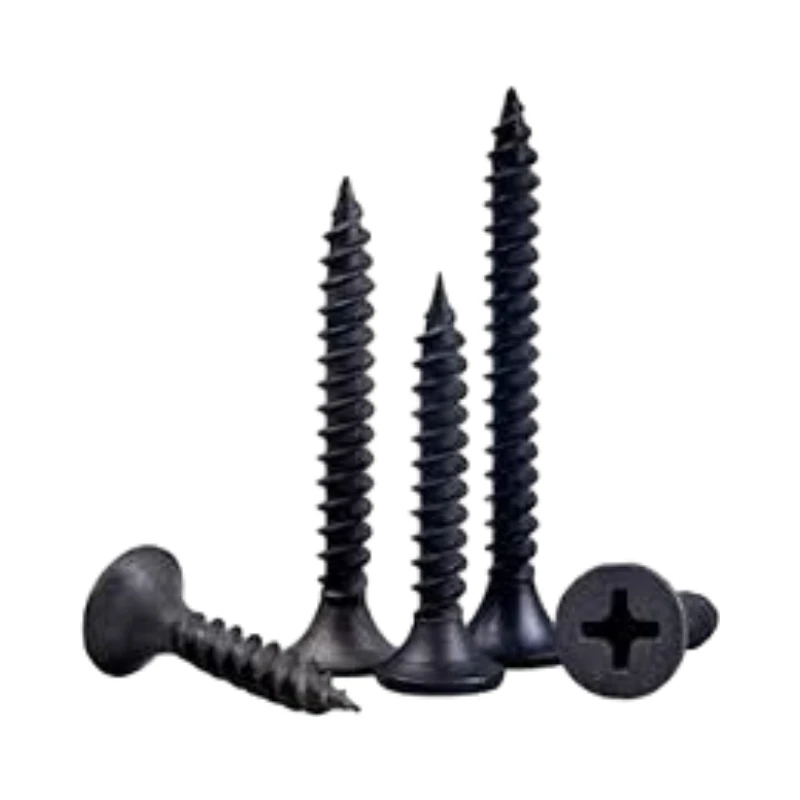
Talk With Us
+86-13601661296
Email Address
admin@sxjbradnail.comNov . 15, 2025 20:00
Back to list
Comprehensive Guide to Galvanised Brad Nails: Durability, Uses & Vendors
What Are Galvanised Brad Nails and Why Should You Care?
If you’ve ever pondered that tiny torturous task of keeping thin trims or delicate wood pieces in place, then galvanised brad nails are probably your unsung heroes. These slender nails, coated with a protective zinc layer (that’s the “galvanised” part), combat rust and corrosion — a must-have for any project that demands longevity and strength, especially outdoors or in harsh environments. Globally, as construction, furniture making, and even humanitarian relief embrace rapid, reliable fastening methods, understanding the role galvanised brad nails play is pretty key — both for durability and cost efficiency. It’s odd how something so small can have such a big impact across industries. From the intricate trims in Scandinavian homes to quick shelter builds in tropical monsoon zones, these nails quietly hold it all together. Not only do they keep things neat and tidy, but they also stave off the frustration (and added expense) of having to redo work because of rusty, brittle fasteners.Galvanised Brad Nails in Today's Global Context
Worldwide, the nail and fastener market is a foundation stone in construction and manufacturing sectors, with an estimated global market size of over $13 billion as of early 2020s (source: industry reports & ISO fastener standards). Within this sprawling ecosystem, galvanised brad nails command a significant share because their corrosion-resistant coating enhances longevity, enabling structures to withstand climate challenges—from humid tropics to sea-salt salty coastal areas. But here's the rub: as urbanization accelerates and climates shift unpredictably, builders and fabricators deal with increasingly complex environments. Ordinary nails just don't cut it anymore; metal fatigue or rust can cause structural failures, leading to costly repairs or worse — safety hazards. The answer? The humble but highly specialized galvanised brad nail, which bridges strength with resilience, and small size with scalability.What Exactly Are Galvanised Brad Nails?
In simple terms, galvanised brad nails are very thin nails — thinner than typical pins, usually between 18 and 23 gauge — that come coated with a zinc layer for protection. “Brad” refers to the style: tiny nails designed usually for finishing work, where aesthetics and minimal splitting of wood matter. The galvanisation process involves dipping the nails into molten zinc or using electroplating to ensure the surface can resist rust. Connecting this to modern needs: whether a carpenter is building cabinetry that must survive damp kitchen atmospheres or a humanitarian group erecting quickly deployable housing in coastal flood plains, galvanised brad nails ensure the fastening stays firm without corroding prematurely.Key Features That Make Galvanised Brad Nails Essential
Durability: Built to Last Against Nature’s Worst
The galvanised coating fends off rust, meaning even when exposed to moisture or salty sea air, these nails keep their grip — no flaking or erosion over time. This dramatically changes the lifetime of any project, turning a short-term fix into a lasting solution.Precision & Aesthetic Appeal
Because brad nails have very small heads and slim shafts, they’re less likely to split thin or delicate materials, especially fine woods or moldings. You get a clean finish without unsightly holes or cracks. That’s something many traditional nails simply can’t promise.Cost Efficiency: Small Price, Big Savings
It may seem minor, but avoiding corrosion-related repairs or premature replacements adds up. Plus, their ease of use in power nailers reduces labor time—translating to less man-hours and faster project turnovers, critical in large-scale or emergency scenarios.Compatibility & Versatility
Galvanised brad nails fit a range of tools—manual or pneumatic brad nailers—making them accessible for contractors across skill levels and projects large or small. Whether you're assembling furniture or framing quick-build shelters, they adapt well.Environmental Benefits
The zinc coating not only prevents wasteful rework but also reduces the environmental impact of scrap and replacement materials. Some manufacturers now even utilize recycled steel or eco-friendly galvanising methods, pushing sustainability further (a trend we’ll peek into later).Real-World Uses: Where Do Galvanised Brad Nails Really Make a Difference?
In construction hotspots like the coastal U.S. or tropical Asia, galvanised brad nails keep outdoor fixtures sturdy despite humidity. I spotted a case last year where a Caribbean NGO used them exclusively for rehabilitating school buildings post-hurricane — the result? Structures that stood firm through subsequent storms. Meanwhile, European cabinet makers prize these nails for their pristine finish and anti-rust assurance, helping furniture endure kitchen warmth and occasional spills. Another intriguing example: in remote mining camps from Australia to Canada, speed and reliability matter immensely. Galvanised brad nails enable quick erection of temporary buildings that won’t succumb to rust, reducing downtime and improving worker safety. Mini takeaway: The global reach of galvanised brad nails spans far beyond a humble nail's size — from delicate interior craftsmanship to rugged emergency shelters.Advantages & Long-Term Value of Choosing Galvanised Brad Nails
The upfront cost of using galvanised nails might be slightly more than plain ones, but the logical and emotional payoffs stack neatly: - Reliability: Trust that your work won’t just hold up — it’ll thrive. - Sustainability: Less waste, less frequent replacements, greener choices. - Safety & Dignity: Especially crucial in humanitarian projects where shelter integrity means well-being. - Innovation: Using smart materials to future-proof your constructions. - Aesthetic Confidence: Visible finish remains flawless, enhancing perceived quality and client satisfaction. In rough terms, many engineers say the total lifecycle cost ends up being 20–30% lower with galvanised brad nails due to fewer repairs and longer durability. That’s a powerful nudge when budgets and reputation are at stake.Tomorrow’s Nails: Trends and Innovations to Watch
The fastening world quietly hums with innovations. Some manufacturers experiment with environmentally friendlier galvanisation—using less toxic zinc processes or integrating nano-coatings for added protection. Automation in applying the right fastener precisely and digitally tracking fastener quality is becoming more mainstream, especially in industrial-scale projects. Plus, there’s growing interest in "green" nails that not only resist corrosion but biodegrade in specific conditions after their job is done — odd as it sounds, this could revolutionize temporary builds. Other emerging trends? Smart construction tools that adjust nail depth and force in real-time, ensuring perfect finishing without overtightening or material damage. These futuristic nails offer a glimpse into how things might look in a decade.Obstacles and How Experts Tackle Them
Naturally, galvanised brad nails aren’t perfect. Some challenges include: - Galvanisation quality variance: Inconsistent coatings can fail quicker. - Compatibility issues: Not every nailer handles the tiniest brads well, causing jamming. - Price sensitivity: Low-budget projects sometimes settle for cheaper, non-galvanised ones — risking future costs. Experts recommend sourcing from reputable vendors who comply with ISO 14592 (fastener corrosion standards), checking fastener compatibility with tools before bulk orders, and educating teams on the hidden costs of corrosion failure.Specification Table: Typical Galvanised Brad Nails
| Specification | Details |
|---|---|
| Material | Steel with Zinc Galvanisation |
| Diameter | 0.6 mm to 1.2 mm (18 to 23 gauge) |
| Length | 10 mm to 50 mm |
| Coating Thickness | 5-15 microns (variable by process) |
| Typical Uses | Finish carpentry, furniture, temporary structures |
Vendor Comparison: Galvanised Brad Nails Providers
| Vendor | Coating Quality | Range of Sizes | Price per 1000 pcs | ISO Certification |
|---|---|---|---|---|
| NailPro Inc. | Excellent (15 microns) | 10-45 mm | $65 | ISO 14592 |
| EZ Fasteners | Good (7 microns) | 12-50 mm | $50 | Partial ISO Compliance |
| BuildMore Staples | Standard (5 microns) | 10-40 mm | $45 | No Certification |
Frequently Asked Questions About Galvanised Brad Nails
- Q: Are galvanised brad nails suitable for outdoor furniture?
A: Absolutely. Their zinc coating provides rust resistance against moisture and outdoor elements, making them ideal for outdoor furniture that requires a clean finish and long-lasting strength. - Q: Can I use galvanised brad nails with my standard power nailer?
A: Most standard brad nailers are compatible with galvanised brad nails since they share similar dimensions. However, always check your tool's specifications — some very fine gauges may require specific models. - Q: How do galvanised brad nails compare cost-wise to plain steel ones?
A: Galvanised nails tend to cost 10–20% more upfront but save money long-term by reducing corrosion damage, minimizing repairs, and extending the lifespan of your build. - Q: Are there eco-friendly options within galvanised brad nails?
A: Yes, some vendors now offer galvanised brads using recycled steel and environmentally safer galvanisation processes, reducing their ecological footprint without sacrificing durability. - Q: Where can humanitarian organizations source reliable galvanised brad nails during rapid deployment?
A: Organizations often turn to specialized suppliers with ISO-certified products to ensure quality fasteners that survive tough conditions. Websites like galvanised brad nails offer bulk options suited for such needs.
Wrapping Up: Why Galvanised Brad Nails Are Worth Your Attention
To sum it up, galvanised brad nails are small but mighty components that stitch together countless construction and manufacturing scenarios worldwide. Their rust resistance, precision fit, and cost-effectiveness make them an invaluable choice — whether for intricate furniture or robust, fast-deploy housing. I’d encourage you to consider them next time rust or durability issues cross your mind. Visit our website: galvanised brad nails to explore products and expert advice. ---References
Latest News
-
2 Inch Brad Nails - Precision Fastening for Woodworking & ConstructionNewsNov.24,2025
-
Affordable Quality: Understanding Cheap Brad Nails and Their Global ImpactNewsNov.24,2025
-
Type F Brad Nails: Precision Fasteners for Quality Craftsmanship & IndustryNewsNov.23,2025
-
High-Quality Type 47 Brad Nails for Precision & Durability | SXJ IndustrialNewsNov.23,2025
-
T47 Nail: The Ultimate Guide to Industrial and Construction ApplicationsNewsNov.22,2025
-
Everything You Need to Know About T Head Brad Nails | Global Fastening SolutionsNewsNov.22,2025









